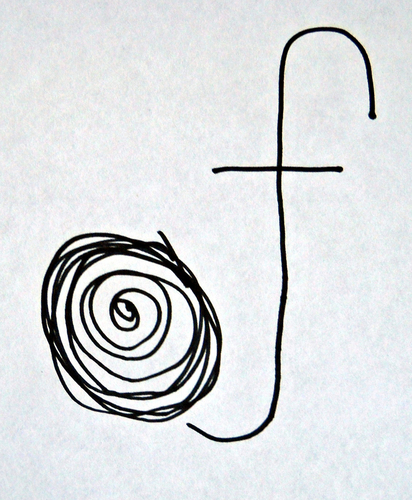Over a period of a few days last week I posted a series of updates onto Twitter that, taken together, added up to less than twenty words. I dragged out across fourteen tweets what could easily fit within one. And instead of text alone, I relied on a combination words and images. I’m calling this elongated, distributed form of social media artisanal tweeting. Maybe you could call it slow tweeting. I think some of my readers simply called it frustrating or even worthless.
If you missed the original sequence of updates as they unfolded online, you can approximate the experience in this thinly annotated chronological trail.
I’m not yet ready to discuss the layers of meaning I was attempting to evoke, but I am ready to piece the whole thing together—which, as befits my theme, actually destroys much of the original meaning. Nonetheless, here it is:










